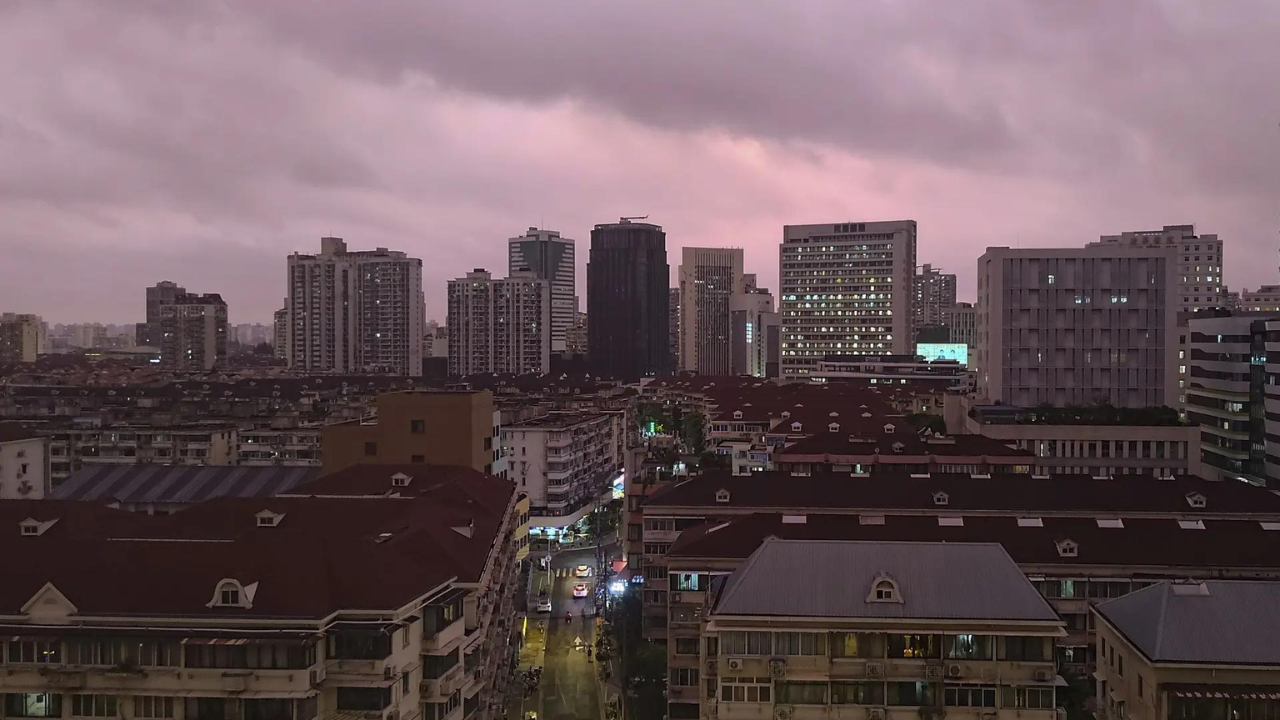
[ad_1]
The typhoon made landfall in Shanghai, a metropolis with a population of almost 25 million, at approximately 7.30 am. local time (2330 GMT). The powerful storm system brought fierce winds, with maximum sustained speeds of 151 kilometers per hour (94 miles per hour) near its center.Meteorologists say that Typhoon Bebinca could be the strongest to hit Shanghai since 1949.
In response to the typhoon, Shanghai authorities have taken precautionary measures. Coastal residents in certain areas have been evacuated to safer locations. Additionally, numerous air travelers have been impacted by the cancellation of hundreds of flights at Shanghai’s two airports since Sunday evening. Additionally, some train services have been halted at the Shanghai railway station. The disruptions coincide with China’s ongoing three-day public holiday, the mid-Autumn Festival. Also, popular tourist destinations, including the renowned Shanghai Disney Resort, have been shut down until further notice.
Bebinca left a trail of destruction, claiming the lives of six people in the central and southern regions of the Philippines due to falling trees. The storm also impacted Japan before making its way to China.
According to local broadcaster CCTV, Bebinca is forecasted to continue its northwesterly path, bringing heavy rainfall and strong winds to the Chinese provinces of Jiangsu, Zhejiang, and Anhui.
Shanghai rarely experienced the full force of powerful typhoons, which typically strike the southern regions of China. Last week, the devastating Yagi, classified as a Category 4 storm, unleashed its fury, killing at least 2, as it swept past the southern province of Hainan.
As the world’s largest emitter of greenhouse gases, which scientists believe are contributing to climate change and the increased frequency and intensity of extreme weather events, China is particularly vulnerable to the impacts of storms like Bebinca.
[ad_2]
Source link
